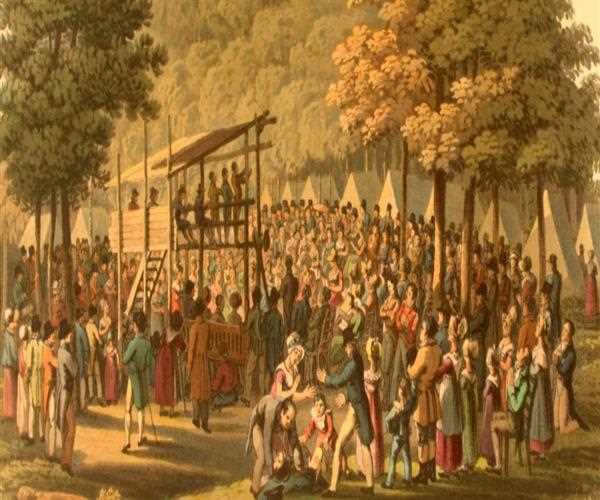The Second Great Awakening was a religious revival that occurred in the United States in the early 19th century. It was a response to the increased secularization of society that had occurred during the Enlightenment. The Second Great Awakening was characterized by a return to traditional Christian values and an increase in evangelicalism. The Second Great Awakening was a time of significant social and religious reform in the United States. It was a time when new churches and religious movements were founded and when old ones were revitalized. It was also a time when social reform movements, such as the abolition movement, gained momentum.
There are a number of factors that contributed to the rapid social improvement during the Second Great Awakening.
First, the population of the United States was growing rapidly. This population growth was fueled by both natural increase and by immigration. The population growth meant that there were more people who were potential converts to the new churches and religious movements.
Second, the Second Great Awakening was a time of great economic growth. This economic growth led to increased social mobility. People who were previously restricted to the lower classes now had the opportunity to move up in society. This social mobility led to increased religious and social reform.
Third, the Second Great Awakening was a time when new technology was making its way into the United States. This new technology, such as the steamboat and the telegraph, made it easier for people to communicate and travel. This made it easier for new ideas to spread and for social reform to take place.
Fourth, the Second Great Awakening was a time of great intellectual ferment. This intellectual ferment was fueled by the growing number of colleges and universities in the United States. These institutions of higher learning encouraged critical thinking and debate. This intellectual ferment led to increased social and religious reform.
Finally, another factor was the increase in religious fervor. During the Second Great Awakening, there was a renewed interest in religion. This led to more people attending church and becoming involved in religious activities. This made people more aware of the problems in society and the need for reform.

All of these factors contributed to the quick social improvement during the Second Great Awakening. It was a time of great progress in the United States.
The Second Great Awakening was a time of significant social and religious reform in the United States. This reform was made possible by the combination of population growth, economic growth, new technology, and intellectual ferment. These factors created an environment in which social reform could take place.